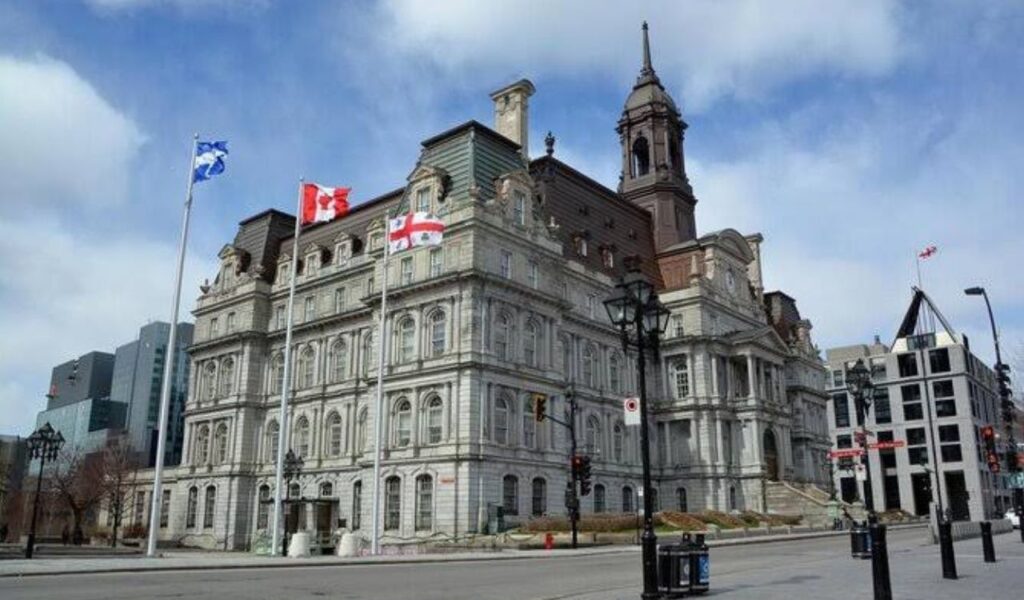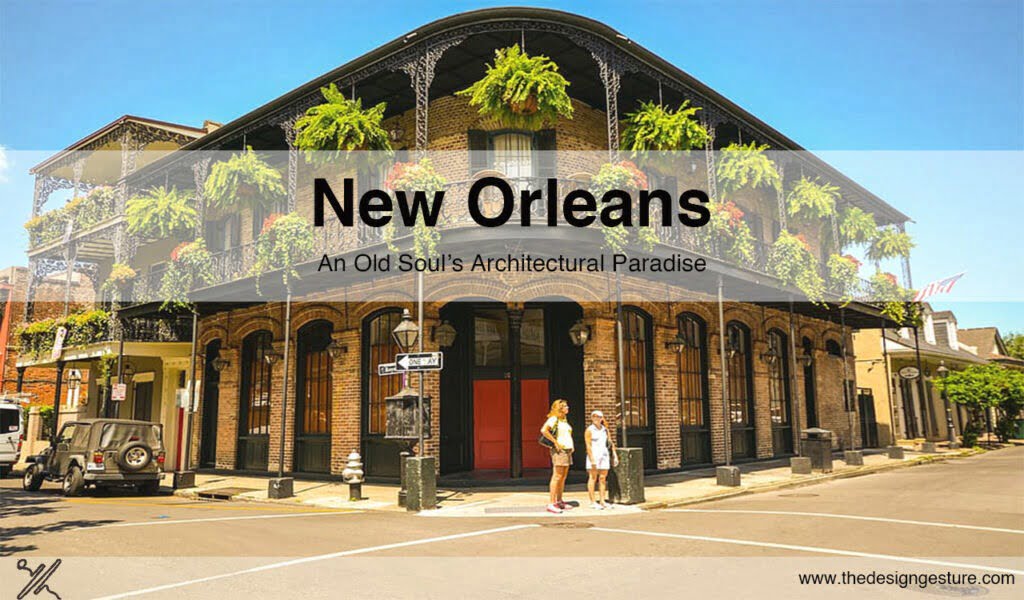Montreal is called for Mount Royal, a triple-peaked hill in the city’s centre, which sits on an island in the Saint Lawrence River. The cobblestone lanes of Old Montreal, where there are over 50 National Historic Sites of Canada, bear witness to the city’s past as a French colony.
Montreal recently hosted the 1967 National Exhibition (often known as Expo 67), which provided an opportunity to create more experimental buildings that pushed the frontiers of modern architecture. Two of the city’s most well-known architectural marvels are Moshe Safdie’s Habitat 67 and Buckminster Fuller’s Biosphere.
The Architecture of Montreal
The architecture of Montreal, Quebec, Canada is defined by the juxtaposition of ancient and contemporary, as well as a wide range of architectural styles, as well as the heritage of successive colonisation by the French and the British, as well as the proximity to modern architecture to the south. Montreal had fortifications, similar to Quebec City, but they were dismantled between 1804 and 1817.
Montreal was Canada’s industrial and financial capital for nearly a century and a half. The structures featured industries, elevators, warehouses, mills, and refineries, all of which have left a cultural and architectural impact, particularly in the Downtown and Old Montreal areas. Many historic structures in Old Montreal have been restored to their former glory, including the majestic 19th-century headquarters of the major Canadian banks on Saint Jacques Street (formerly known as Saint James Street).
Montreal has a few prominent Art Deco buildings, including Ernest Cormier’s Université de Montréal main building on Mount Royal’s northern slope and the Aldred Building at Place d’Armes, a historic square in Old Montreal.
Buildings representative of several major periods in Montreal architecture, the Gothic Revival Notre-Dame Basilica, the New York Life Building, Montreal’s first high-rise, the Pantheon-like Bank of Montreal head office, Canada’s first bank, the aforementioned Aldred Building (1931), and the International style 500 Place D’Armes are all located around Place d’Armes.
Some Marvolous Architecture of Montreal
Montreal is a fantastic tourist attraction since it has endured centuries of architectural evolution with the impact of several colonisations. It also features structures that can display the change in architectural style over time.
What will follow is a list of monuments every architect must see at least once.
Montreal World Trade Centre
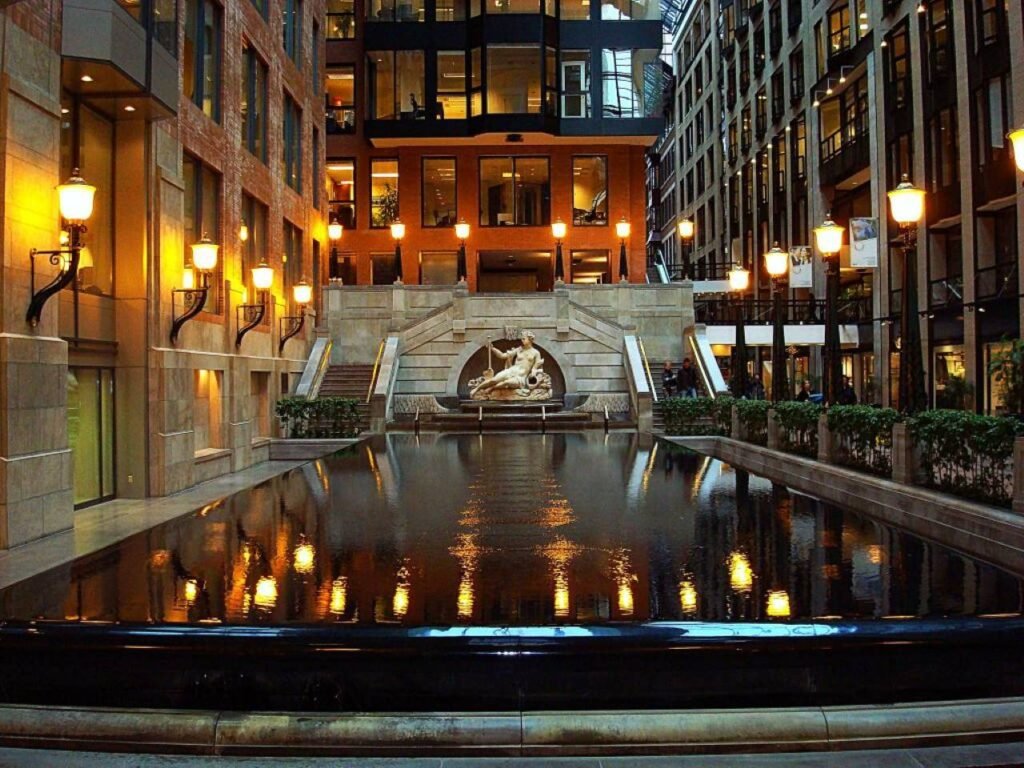
Location: 747 Rue du Square-Victoria, Montreal, QCArchitect: Arcop
The World Trade Centre in Montreal is referred to be a “horizontal skyscraper” by many architectural references. A glass canopy was used to connect a whole city block of old buildings. This results in a big indoor village where tourists can see some of Montreal’s most well-known architecture all year. The firm Arcop was responsible for this stunning design.
The building, often known as a horizontal skyscraper, was completed in 1992. It is a shopping mall, a hotel, and a business complex in Montreal. By articulating several tiny Victorian-era business buildings into a greater form, the complex was able to bring them together. It is an example of historic and modern architecture in a glass atrium, with an aesthetic of a classic late-nineteenth-century looking edifice.
City Hall
Location: 275 Notre-Dame St E, Montreal, QC
Montreal’s City Hall is among Canada’s most magnificent buildings and is widely regarded as one of the best examples of Napoleon III-style architecture.
The municipal hall, also known as the Hotel de Ville de Montreal in French, was built between 1872 and 1878. It is a five-story structure in the Old Montreal neighbourhood built in the Second Empire Architectural Style. It was created for the city of Montreal’s seat of government.
The structure’s interior was damaged by a huge fire in 1922, leaving just the outer walls surviving. Architect Louis Parent oversaw the building’s renovation, which included constructing a new steel framework within the shell that had been left intact. The roof of the municipal hall was designed in the Beaux-Arts style, which originated in Paris.
Sun Life Building

Location: 1155 Rue Metcalfe, Ville-Marie Montreal, QC
The Sun Light Building was built in 1931 and was the first structure of its kind in the city. It was the largest structure in the British Empire, and its use as the country’s gold reserve during World War 2 cemented its historical significance. Even if you are unfamiliar with the history of the Sun Life Building, its towering design conveys its significance.
Built between 1913 and 1931, it is a stunning example of Fine Arts architecture. It was the site of Operation Fish, which saw Britain transfer its gold reserves from war-torn Europe to a vault beneath the Sun Life Building during World War II. To prevent detection, the gold was delivered in fish-themed crates.
Habitat 67
Location: 2600 Av Pierre-Dupuy, Montreal, QC
Habitat 67, a mind-bending housing complex designed by architect Moshe Safdie, is one of Montreal’s most iconic instances of brutalist architecture. Within six months after its premiere at Expo 67, more than 50 million people rushed to view the building, which was completed in 1967.
Habitat 67’s commercial failure has turned out to be a blessing in disguise over time. It failed to revolutionise cheap housing in the way that Safdie envisioned, according to critics. Nonetheless, it is a one-of-a-kind residential complex that aided Safdie’s professional debut.
The Point-a-Calliere

The Pointe-a-Calliere is a public museum dedicated to the archaeology and history of old Montreal, was opened in 1992 to commemorate the city’s 350th anniversary. It is made up of three pavilions, each of which represents a distinct period in the city’s colonial history.
The museum houses relics from the Montreal region’s first peoples, as well as exhibits on the coexistence of French and British governments and their impact on the territory over the centuries. Every year, over 350,000 people visit this museum, which has won over fifty national and international accolades.
Arsenal Montreal
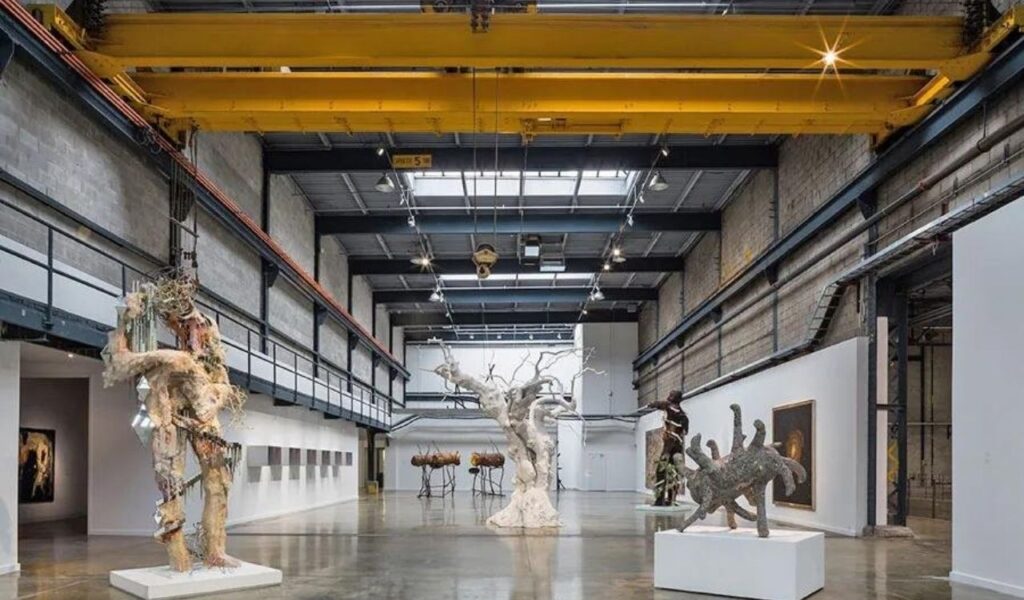
Arsenal, a 19th-century old shipyard transformed into a huge, echoing, and interesting display for modern art from around the world, with much of its industrial character preserved, is likely the largest art venue in Montreal, with more than 80,000 square feet.
The complex’s director, Jean-Françoise Bélisle, describes it as “a mad playground,” adding that Montreal is waking to modern art and that “this is a magical hybrid of the kinds of private foundations and public institutions I’ve seen across the world.” Given the calibre of artists in Quebec, it’s incredible that Montreal has never had this kind of worldwide outlet.
Canadian Centre of Architecture
The CCA is a modern expression of Montreal style, the idea of Seagram heiress-turned-architect Phyllis Lambert, who persuaded her father to engage Ludwig Mies van der Rohe to construct the family firm’s Seagram Building in New York
City in the 1950s.
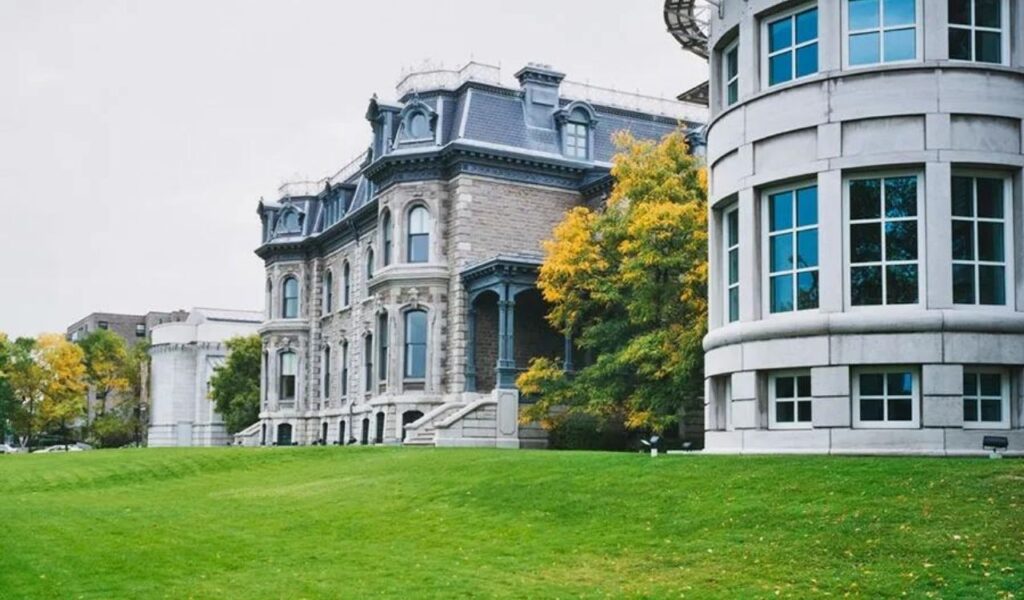
The study centre, museum, and lecture venue, designed by architect Peter Rose with Lambert’s input, is made of local grey-stone and birch, all the better to complement the historic building at its heart: a 19th-century mansion that Lambert saved against vehement civic opposition in the 1970s when urban renewal was destroying the city in the misguided name of progress. Urban rejuvenation so often equals urban removal was told by Lambert, who also created Heritage Montreal, a powerful preservation organisation.
Grand Bibliothèque
The Grande Bibliothèque (or Great Library), one of Montreal’s most popular structures in recent years, is a civic gem that architect Phyllis Lambert describes as “amazing inside—simple but lovely.” The building, designed by Croft-Pelletier Architects, Gilles Guité, and Patkau Architects, has giant yellow-birch louvres enclosing the reading rooms, as well as open stairways that hover level after floor, switching back and forth like origami unfolding.
Musée d’Art Contemporain de Montréal
The Musée d’Art Contemporain de Montréal, which opened in the early 1960s and is located in a modernist glass temple, is the torchbearer for 20th- and 21st-century creative expression. It also has a fantastic restaurant, Le Contemporain, where one may unwind after viewing works by a diverse range of foreign artists, including James Turrell, Vik Muniz, Claude Tousignant, and Jean-Paul Riopelle.
Montreal Museum of Fine Arts
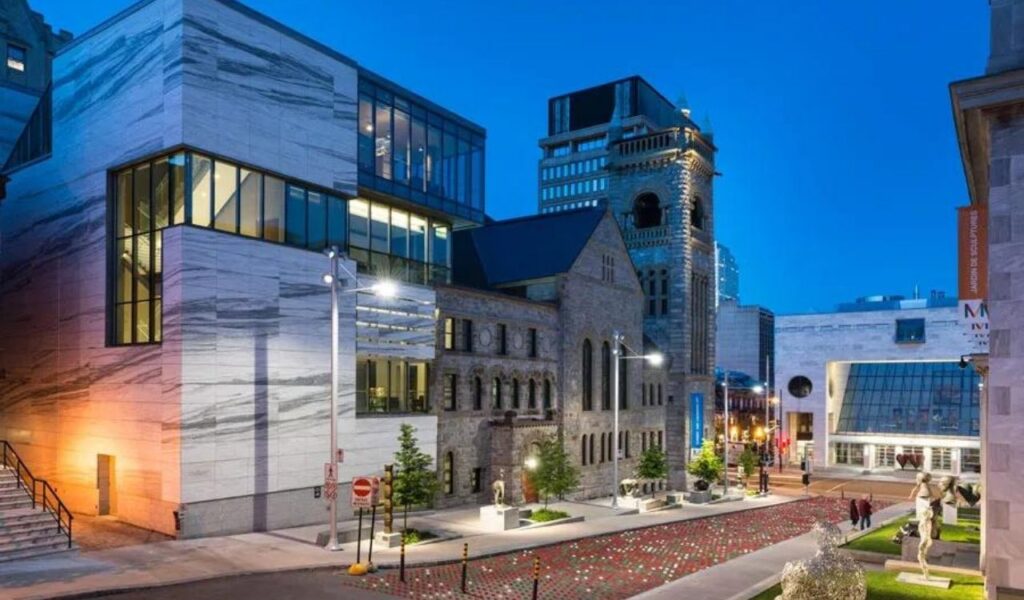
The Montreal Museum of Fine Arts is home to a number of mind-expanding galleries, which are spread across numerous buildings and wings built over the period of more than a century. There’s a section dedicated to Canadian Abstract Expressionists from the twentieth century, as well as a decorative-arts pavilion that spans centuries, all stretched across multiple open levels connected by terrazzo ramps and stairways.
Palais Des Congrès de Montréal
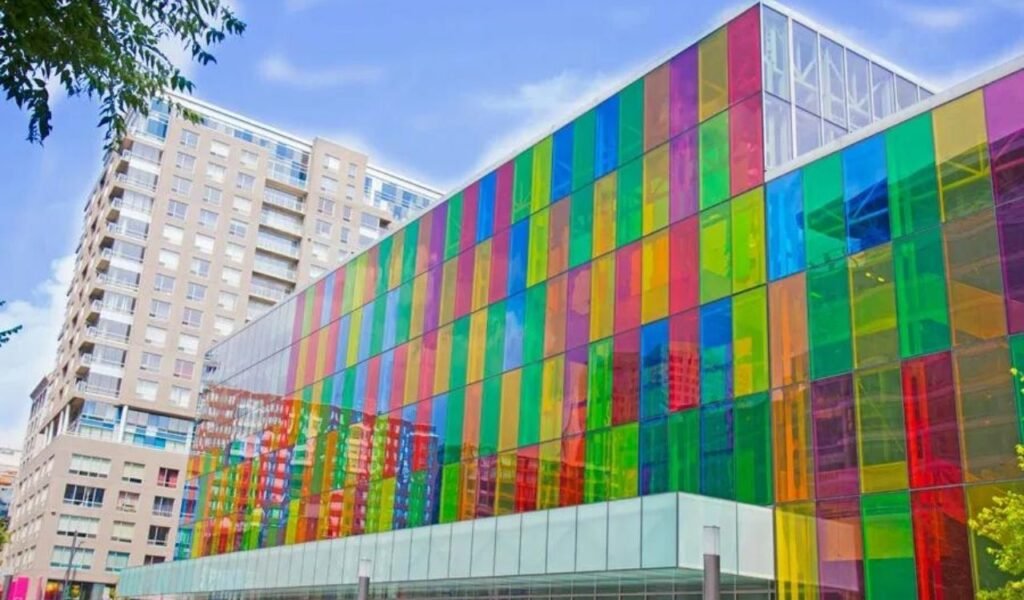
Many tourists would pass on a tour of a convention centre, but Montreal’s gleaming Palais de Congrès is definitely worth the trip. The 1980s mod behemoth is enveloped in hundreds of colourful glass panels that revolutionise its sunlit interior into an enchanting kaleidoscope of blues, greens, red, pinks, and yellows in the daylight hours and into a bizarrely beautiful lantern after dark.
A centrepiece of the bustling Quartier International de Montréal—an urban spectacle that civic leader Phyllis Lambert calls “great stuff, with a spirit rather like New York’s High Line”— Tétreault, Parent, Languedoc et Associés, Saia et Barbarese Architects, and Dupuis, Dubuc et Associés were among the architects who worked on the project.
W Montréal

The W Montréal is accommodated in a heritage building that was built for the Banque du Canada. It is chic, simplistic, and elegant. It is a luxury anchor, ideally positioned in Montréal’s Quartier International, and buzzing with the dorée jeunesse at all hours of the day and night.


